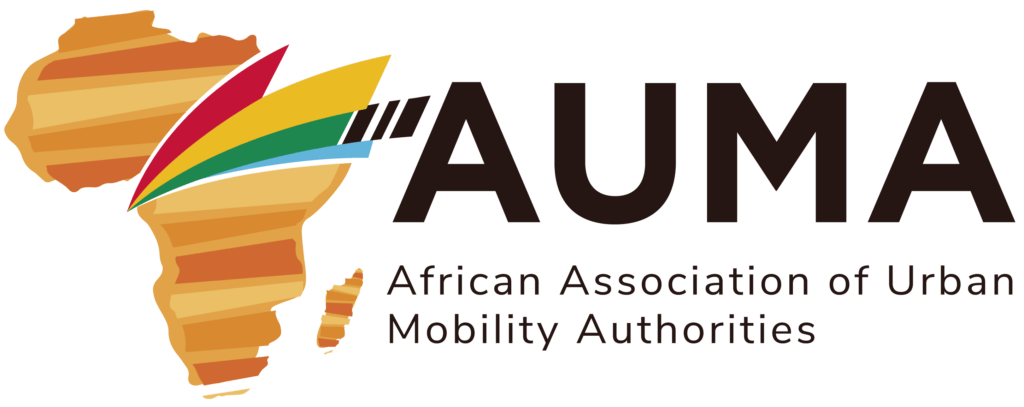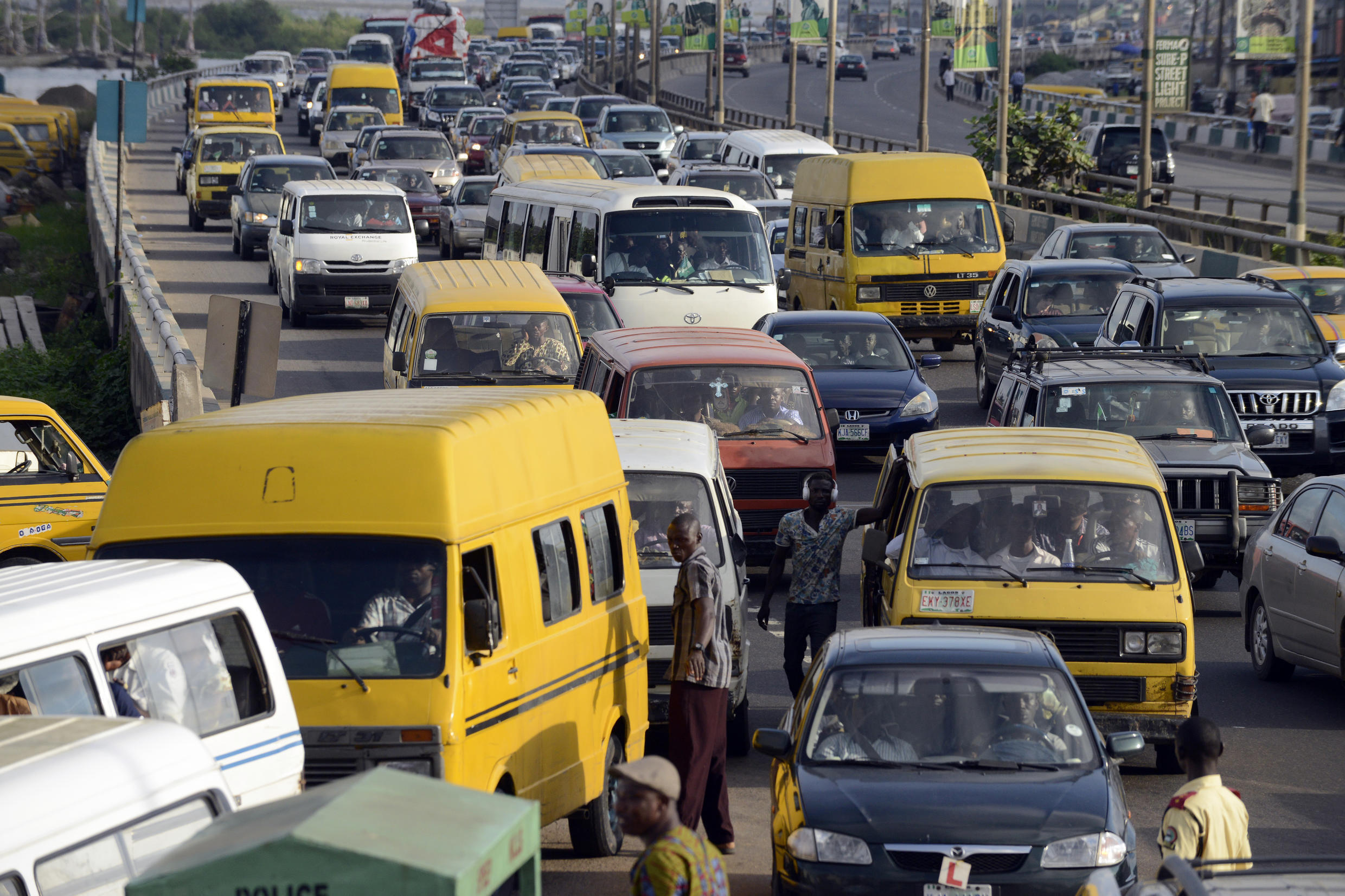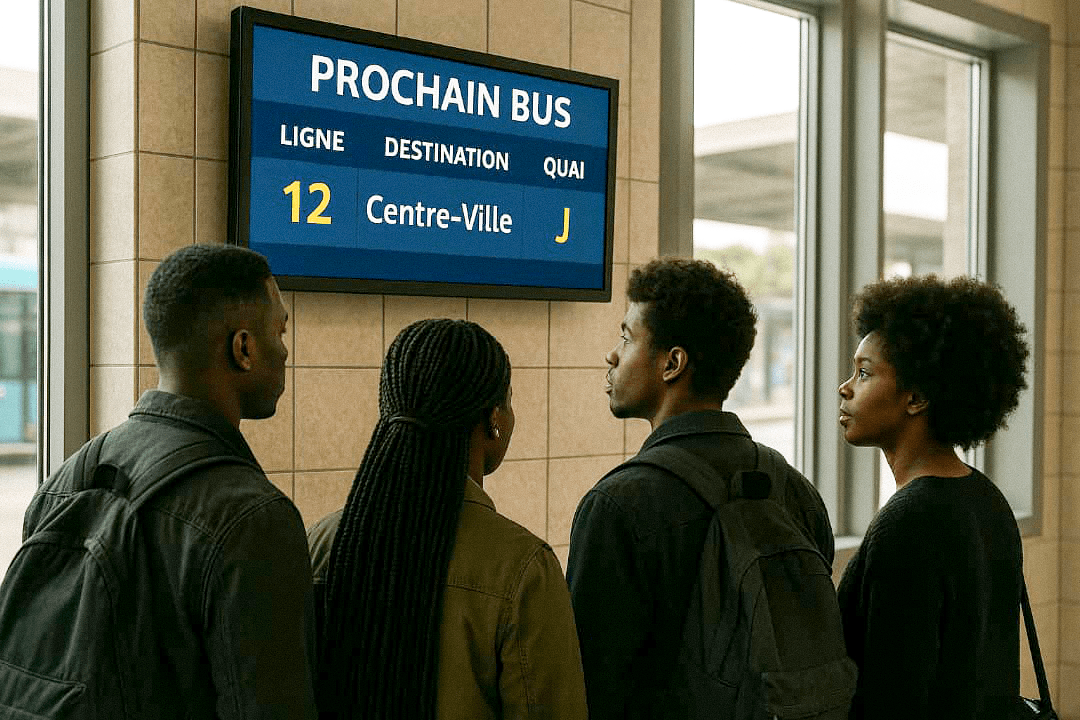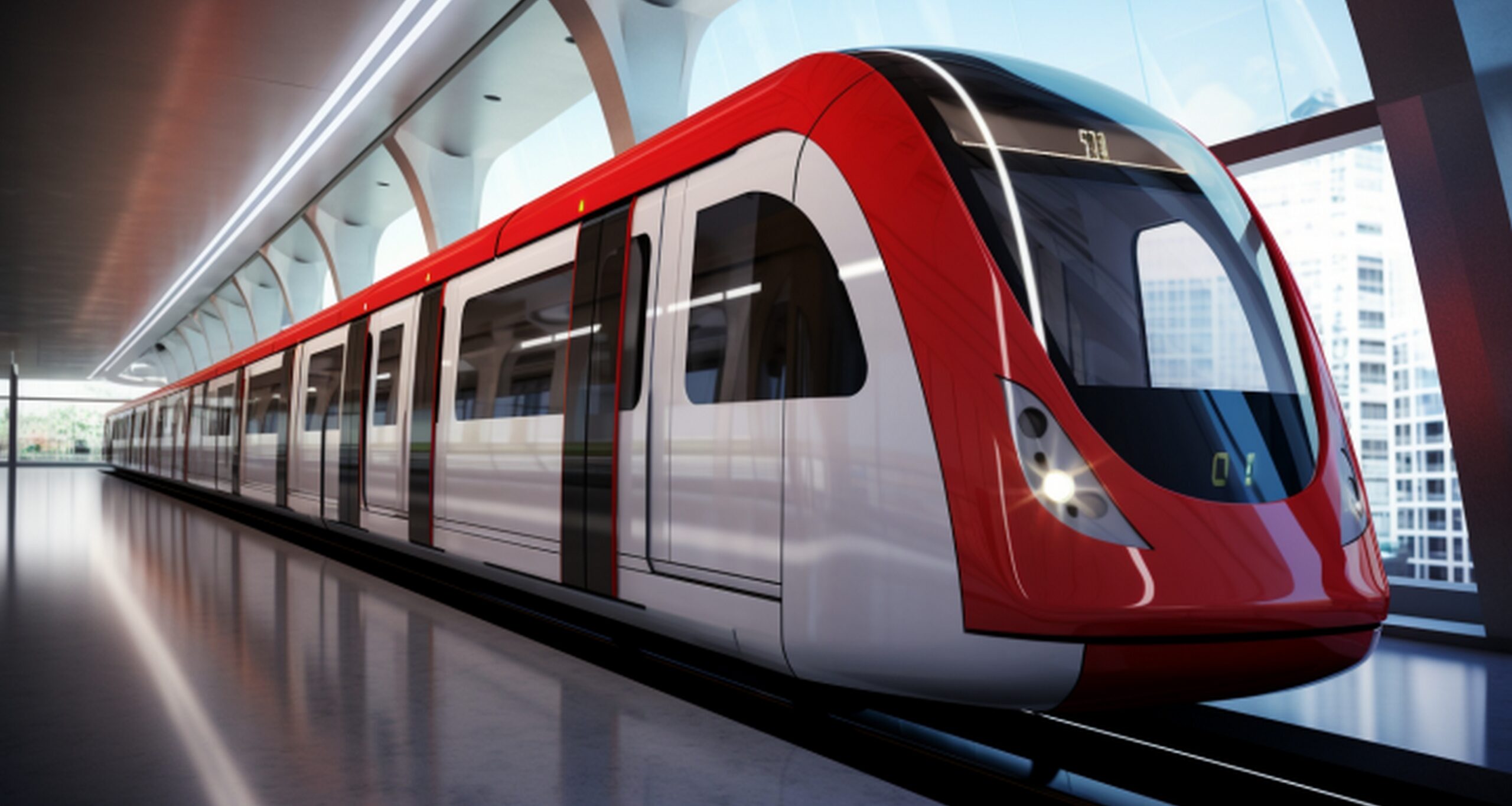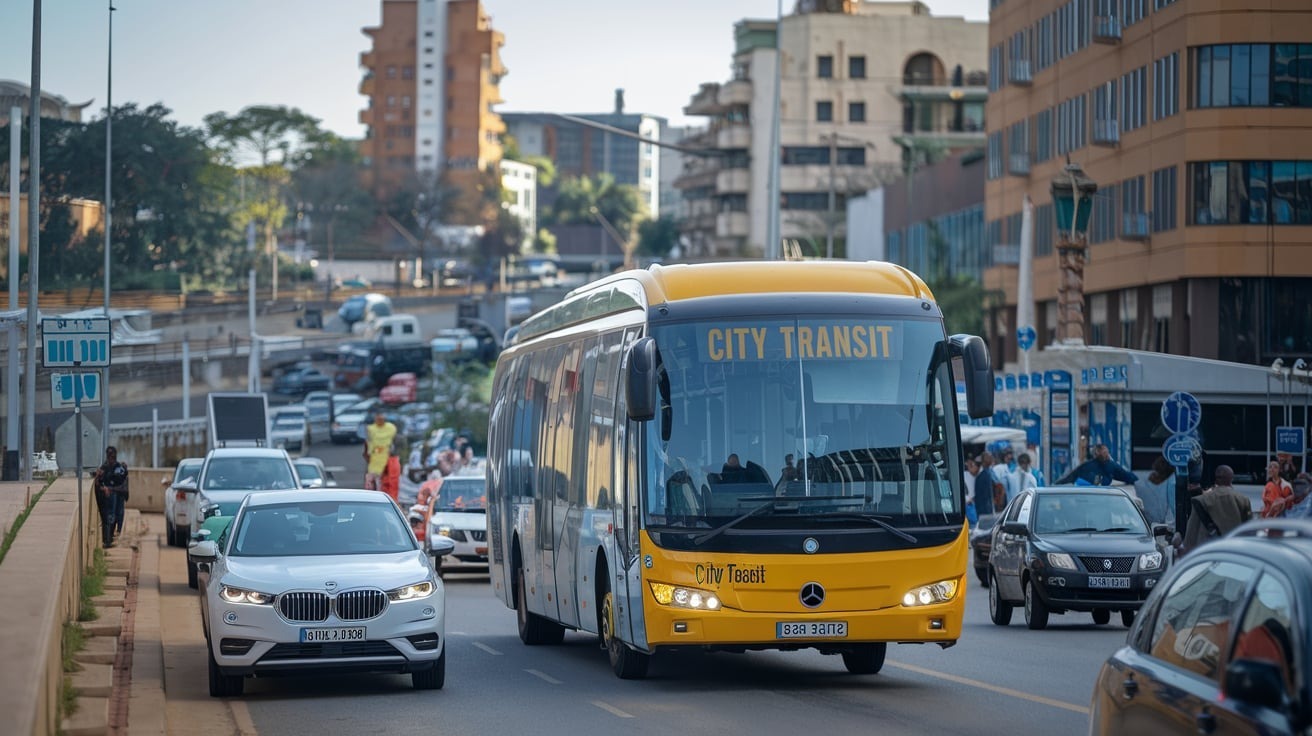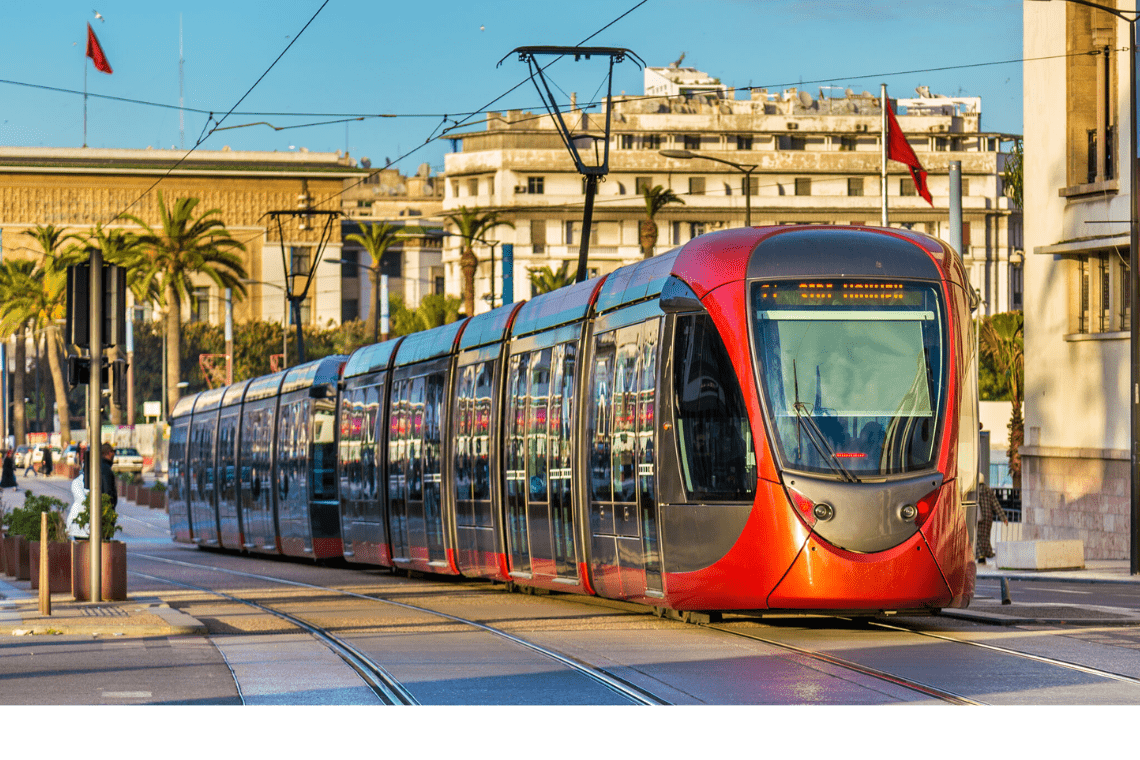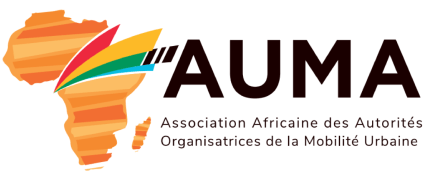Urban mobility is a major challenge for rapidly expanding African cities. The urban population is increasing so quickly that transport infrastructure is unable to keep up. As a result, traffic congestion, pollution, and limited access to basic services have become significant challenges for many African metropolises.
Improving urban mobility is crucial for enhancing quality of life and stimulating economic and social development. Efficient transport systems reduce travel times, increase productivity, and facilitate access to employment, education, and healthcare. However, financing these infrastructures remains a major challenge.
Traditional sources of funding, such as public budgets and international loans, are often insufficient in the face of the growing needs and economic challenges of African countries. Therefore, it is imperative to explore innovative funding sources and strategies.
This article aims to examine the various funding sources available and analyze the innovative strategies that can be adopted to improve urban mobility in Africa. We will address current challenges, traditional solutions, and new approaches, highlighting successful case studies and proposing avenues for the future.
I. The Challenges of Funding Urban Mobility in Africa
Urban mobility in Africa is hindered by insufficient public funding, governance and planning issues, as well as economic and social challenges.
1.1 Insufficient Public Funding
Urban mobility in Africa faces significant financial challenges, primarily due to insufficient public funding. This reality manifests through two main issues:
- Limited Public Expenditure: African governments often face strict budget constraints, limiting their ability to adequately invest in urban transport infrastructure and systems. Insufficient tax revenues and a volatile economy contribute to this situation, making it difficult to allocate enough resources to improve urban mobility.
- Competing Priorities in National Budgets: Additionally, policymakers must balance several competing priorities in the allocation of public funds, such as health, education, and general infrastructure. This competition often leads to difficult choices where urban mobility may be pushed to the back burner, despite its crucial impact on economic growth, urban quality of life, and environmental sustainability.
1.2 Governance and Planning Issues
In addition to insufficient public funding, urban mobility in Africa is hindered by governance and planning issues that exacerbate financial difficulties:
- Lack of Coordination Between Different Authorities: The planning and management of urban transport infrastructure often involve multiple levels of local, regional, and national authorities. However, the lack of coordination and collaboration between these entities can lead to delays, conflicts of interest, and inefficiencies in directing financial resources to priority projects.
- Poorly Designed or Inefficient Projects: Deficient planning sometimes leads to poorly designed projects or those that are ill-suited to the actual needs of urban populations. Common examples include inappropriate technological choices, insufficient assessment of user needs, or underestimation of long-term maintenance costs. These errors not only waste limited financial resources but also compromise the viability and efficiency of urban transport systems.
1.3 Economic and Social Challenges
Urban mobility in Africa faces major economic and social challenges, exacerbated by rapid population growth.
Africa is experiencing rapid population growth, with some of the highest rates in the world. This rapid urban population expansion places considerable pressure on existing transport systems and creates a growing demand for efficient and accessible mobility solutions. Without adequate planning, this population growth can overwhelm existing infrastructure and compromise the quality of life for city dwellers.
II. Traditional Sources of Funding
In Africa, the funding of urban mobility primarily relies on local taxes, government subsidies, and loans from the World Bank and the African Development Bank.
2.1 Public Funding
- Local and National Taxes: Local and national governments in Africa use tax revenues from income, property, sales, and specific taxes like fuel taxes to finance urban mobility projects. These funds are often allocated to road infrastructure, public transportation, and other urban transport initiatives.
- Government Subsidies: African governments provide direct subsidies to support urban mobility projects, often in partnership with international organizations and development agencies.
2.2 Loans and International Funding
- World Bank, International Monetary Fund (IMF): These international institutions offer preferential loans or grants to support investments in sustainable urban transport infrastructure in Africa.
- Regional Development Banks (African Development Bank): The African Development Bank (AfDB) and other regional development banks provide specific funding for urban mobility projects, often in collaboration with African governments and other international partners.
These traditional funding sources are essential to support efforts aimed at improving urban mobility in Africa, addressing the growing needs for efficient, sustainable, and accessible transport in the continent’s cities.
III. Innovative Sources of Funding
Several innovative and proven funding sources exist, including public-private partnerships, crowdfunding, and green financing.
3.1 Public-Private Partnerships (PPPs)
PPPs are collaborative agreements between the public and private sectors to develop, finance, and manage infrastructure projects. The advantages include risk-sharing, operational efficiency, and access to specialized expertise.
Successful examples of projects in Africa include the Casablanca Tramway project in Morocco, which illustrates a successful public-private partnership. Inaugurated in 2012, this network has improved urban mobility and is expanding with the T3 and T4 lines, adding 39 new stations and 26 kilometers of additional tracks. Similarly, in Nairobi, Kenya, the modernization and extension of the railway network, in partnership with private investors, have improved connectivity and met the growing urban mobility needs. This includes the renovation of existing infrastructure and the addition of new lines.
3.2 Crowdfunding
Crowdfunding involves raising funds from a large group of people via online platforms. In Africa, this model offers significant potential by mobilizing small contributions to support urban mobility projects.
Among the platforms suitable for this type of project are M-Changa, a Kenyan mobile crowdfunding platform that allows funds to be raised for various causes, including urban mobility. Thundafund stands out by supporting community initiatives and sustainable projects. Finally, GoFundMe, used globally, is also effective for funding community urban mobility initiatives.
These platforms help gather the necessary financial resources to improve transport infrastructure and meet the growing needs of urban populations in Africa.
3.3 Green Bonds and Green Financing
Green bonds are financial instruments specifically designed to finance projects with a positive environmental impact, such as sustainable mobility infrastructure.
Urban mobility projects eligible for green bond financing include several types of sustainable infrastructure:
- 1. Extensions of Eco-friendly Public Transport Networks: New tram or electric bus lines.
- 2. Electrification of Public Transport: Converting bus or train fleets to clean energy sources.
- 3. Cycling and Pedestrian Infrastructure: Encouraging carbon-free modes of transport.
The African Development Bank (AfDB) has been issuing green bonds since 2013 to support projects with a positive environmental impact, including sustainable transport initiatives. These bonds finance various clean energy and sustainable transport projects across Africa, contributing to the bank’s overall strategic priorities for green growth and inclusive development.
IV. Innovative Strategies to Optimize Funding
In the context of funding urban mobility in Africa, the adoption of innovative digital technologies plays a crucial role in improving the efficiency and sustainability of urban transport initiatives. Here are two key strategies:
4.1 Use of Digital Technologies
Technological advancements have revolutionized how urban transport systems are funded and managed, offering innovative solutions to address specific challenges faced in Africa:
- Electronic Ticketing and Mobile Payments
By adopting electronic ticketing systems and mobile payment platforms, transport authorities can simplify revenue collection while enhancing accessibility and convenience for users. These technologies also reduce costs associated with physical ticket management and payment collection, facilitate transaction traceability, and reduce fraud risks.
- Real-Time Fleet Management Systems
Real-time technology-based fleet management systems enable operators to effectively monitor and control vehicles and transport infrastructure. Using sensors and geolocation devices, these systems optimize vehicle utilization, reduce passenger waiting times, and minimize operational costs through proactive maintenance and efficient route management. This improves service punctuality, reduces the carbon footprint of transport fleets, and enhances user satisfaction through a smoother and more predictable travel experience.
4.2 Optimization of Revenue Generated by Infrastructure
To optimize revenue generated by urban transport infrastructure, consider these two effective strategies:
- Utilizing Advertising Revenue
Urban transport infrastructure, such as subway stations, bus stops, and the vehicles themselves, offer valuable spaces for advertising. By leveraging these opportunities, transport authorities can generate significant additional revenue. This includes leasing advertising space on digital billboards, station walls, and even on vehicles. Using precise demographic and traffic data, advertisers can effectively target their audiences, maximizing the impact of their advertising campaigns while providing steady revenue for the transport system.
- Development of Economic Activity Zones Around Transport Hubs
Urban transport hubs, such as main train stations and heavily frequented public transit stops, represent strategic points for economic development. By developing economic activity zones around these hubs, such as shopping centers, offices, hotels, or leisure facilities, local authorities can create attractive hubs that stimulate local economic activity and generate additional revenue through property taxes, development fees, and commercial rents. This approach not only diversifies revenue sources but also contributes to urban neighborhood revitalization and improves connectivity between transport infrastructure and residential and commercial areas.
4.3 Encouraging Private Investment
To encourage private investment in urban transport infrastructure, consider these two key measures:
- Favorable Tax Policies
Favorable tax policies can play a crucial role in attracting private investors. This includes incentives such as tax credits for investments in infrastructure, tax exemptions on income generated from these investments, and tax deductions for expenses related to infrastructure modernization and maintenance. Such measures reduce the tax burden on investors, increase the financial return on projects, and thus encourage greater private sector participation in the funding and management of urban transport infrastructure.
- Government Guarantees and Risk-Sharing Mechanisms
Government guarantees and risk-sharing mechanisms are essential to mitigate perceived risks by private investors. These guarantees can take the form of credit guarantees for bank loans, revenue guarantees to ensure a minimum income flow to investors, or risk-sharing mechanisms where potential losses are shared between the public and private sectors. By reducing financial uncertainty and securing investments, these mechanisms encourage private investors to engage in long-term urban transport infrastructure projects.
V. Call to Action
5.1 For Governments and Policymakers
Governments and policymakers are urged to play a central role in transforming urban transport systems in Africa by encouraging reforms and innovations in financing. It is crucial to adopt favorable tax policies, promote clear regulations, and support public-private partnerships to attract the necessary investments for the development of sustainable urban mobility infrastructure.
5.2 For Investors and Businesses
Investors and businesses have a unique opportunity to contribute to the development of urban mobility infrastructure in Africa by seizing the opportunities to participate in urban mobility projects. By investing in innovative initiatives such as green transport infrastructure and advanced technological solutions, businesses can not only achieve financial profits but also play a crucial role in the continent’s sustainable urban transformation.
Together, governments, investors, and businesses can collaborate to build more connected, efficient, and sustainable African cities, thus meeting the growing mobility needs while creating significant economic opportunities for local and regional populations.
Conclusion
The diversification of funding sources and innovation play a crucial role in the sustainable development of urban transport systems in Africa. By integrating various approaches such as green bonds, public-private partnerships, and innovative financing mechanisms, it becomes possible to effectively address the growing challenges of urban mobility while promoting environmental and economic sustainability.
Africa presents immense growth potential for its urban transport systems, supported by rapid urbanization and a growing demand for modern infrastructure. To fully exploit this potential, enhanced cooperation between the public and private sectors is essential. This collaboration can stimulate technological innovation, improve the operational efficiency of transport networks, and ensure equitable access to mobility services for all citizens.
In conclusion, investing in urban mobility in Africa is not only an economic necessity but also an imperative for promoting inclusive and sustainable development across the continent. By adopting diversified funding strategies and fostering continuous innovation, African nations can create more resilient, connected, and environmentally friendly cities, thus providing a better quality of life for their residents and contributing to the overall economic growth of the region.
Webography/Bibliography
- Achieving A More Sustainable Future for Africa’s Cities Through Transport. (2023, September 16). Institute for Transportation and Development Policy. Retrieved July 11, 2024
- Partenariats Public-Privé (PPP)
- Financement participatif (Crowdfunding): Crowdfunding platform M-changa, Crowdfunding platform Thundafund, GoFundMe
- Green Bonds et financements verts : Financestrategists, Nerdwallet, AFDB
